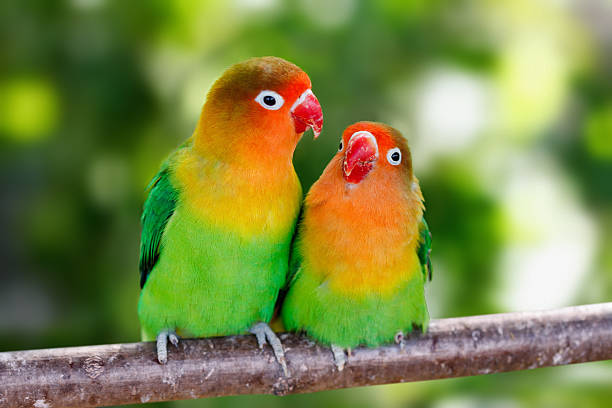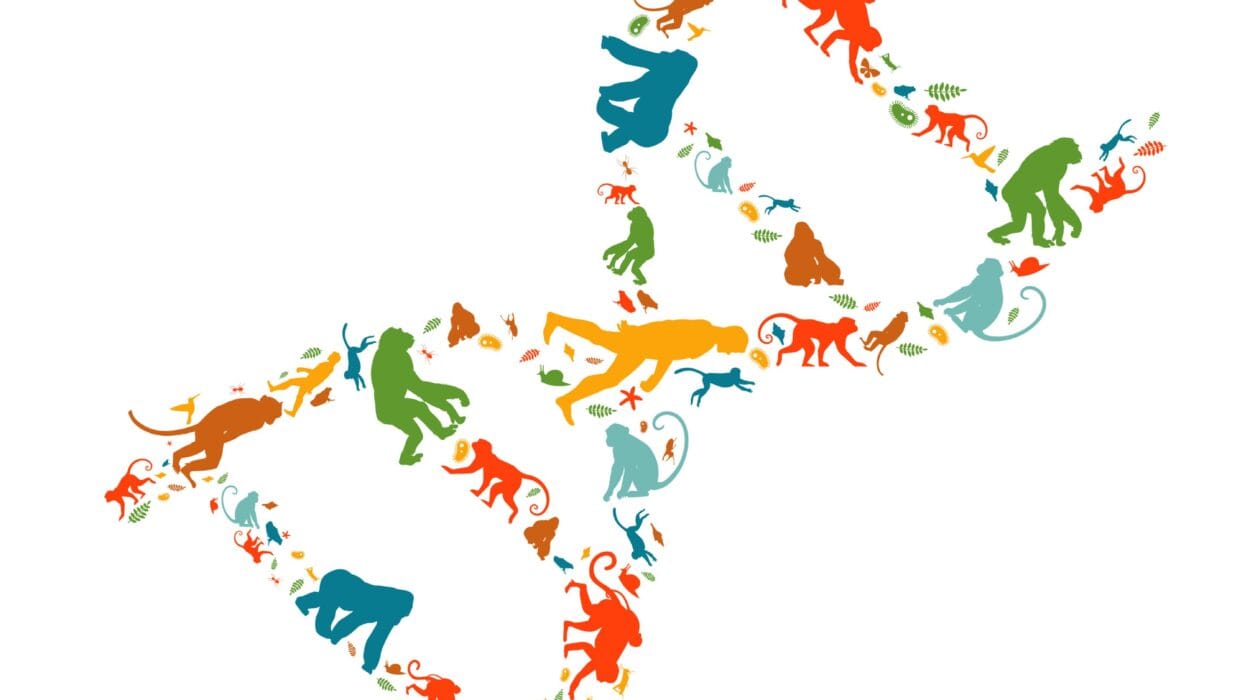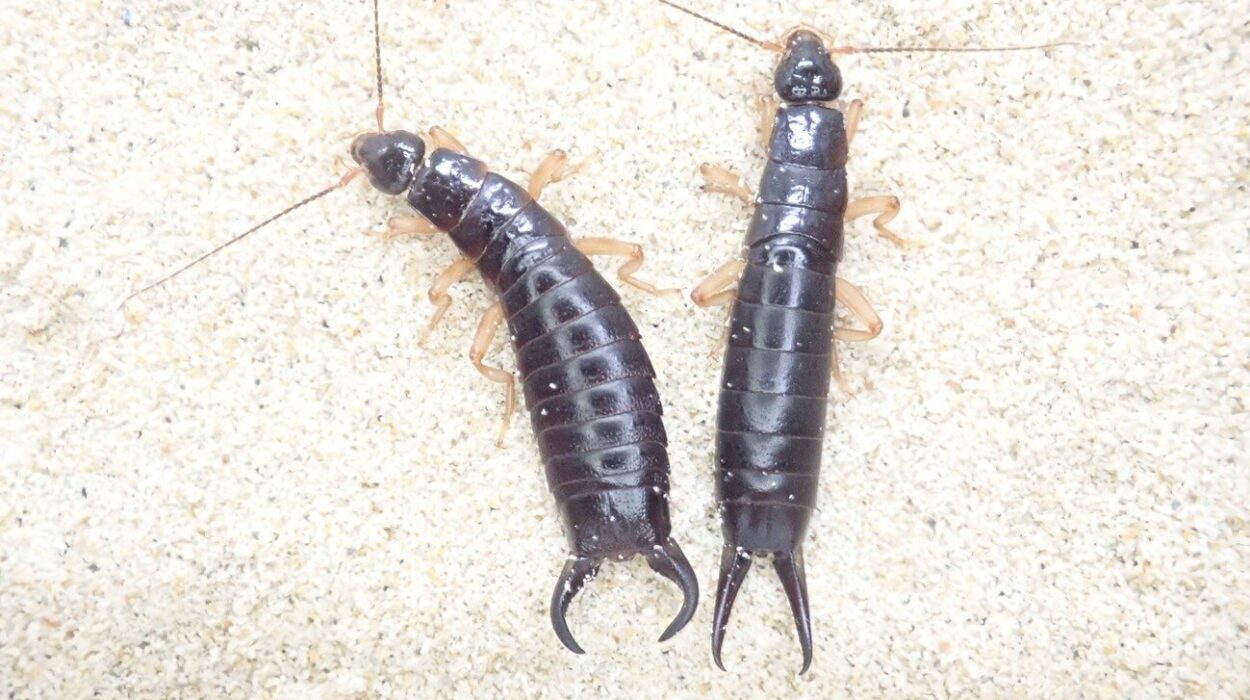Researchers at Rice University have made significant strides in understanding the evolution of bird behavior, offering new insights into why certain mating systems endure while others fade over time. Their findings, which were published in the journal Evolution, focus on two distinct mating systems—lekking and resource-defense polygamy—providing a clearer picture of how these behaviors shape evolutionary trajectories in bird species. The study, led by Rafael S. Marcondes and Nicolette Douvas, introduces important revelations that challenge previous assumptions about the stability and origins of these mating systems.
Lekking, a system where males gather in groups to perform displays for females without forming lasting social bonds, has long intrigued evolutionary biologists. The researchers found that lekking is not only an evolutionarily stable strategy but one that can remain resilient over time. In contrast, resource-defense polygamy, which typically involves one sex (usually the male) defending a territory to attract mates, was identified as an unstable system. According to the study, this system often reverts to monogamy, a mating system characterized by long-term pair bonds between individuals.
Marcondes, a faculty fellow in ecology and evolutionary biology at Rice, noted that this research addresses broader questions about evolutionary stability. “This research not only examines how mating behaviors influence species survival but also sheds light on larger evolutionary questions,” he said. “By studying birds, we’re uncovering principles that may resonate across other species too.”
One of the distinguishing features of this study is the scale of data analysis. Marcondes and Douvas examined data from over 60% of the world’s bird species—approximately 6,620 species—making it one of the most comprehensive studies of its kind. Their methodology drew on authoritative sources, such as the Handbook of Birds of the World, to categorize species into three main mating systems: monogamy, resource-defense polygamy, and lekking. The classification system itself was rated for certainty and detail on a scale of 1 to 3. This systematic approach helped the researchers overcome a common issue in the field of animal behavior research, where data is often scattered and inconsistently reported. Marcondes emphasized, “We were some of the first researchers to try to systematize that scattered information and use it at a large scale.”
The study utilized advanced evolutionary modeling techniques to uncover new insights into the dynamics of mating system evolution. By constructing extensive family trees of bird species, the team applied stochastic character mapping to address gaps in the data and used sophisticated models to assess how species diversified over time. This methodology helped to reveal critical patterns in the transition between different mating systems and offered clues about how these behaviors affect species’ long-term survival.
One of the study’s major findings is the remarkable stability of lekking as a mating system. This system, characterized by male displays that attract females, often arises directly from monogamous systems. Surprisingly, the study showed that lekking rarely evolves into other mating systems, debunking the notion that it might emerge from a polygamous precursor. Instead, lekking appears to be a distinct evolutionary pathway, one that is often stable once established.
On the other hand, resource-defense polygamy was shown to be a more fragile system. In many cases, species practicing this mating system transition back to monogamy over time. Marcondes and Douvas speculate that the instability of resource-defense polygamy may be linked to the challenges of balancing mating opportunities with the need for parental care. This instability could also explain why species that rely on this system often experience higher extinction rates compared to species with more stable mating strategies. The researchers suggest that the monogamous system, which provides stronger sociosexual bonds and better support for parental investment, is more likely to endure through evolutionary pressures.
The study also highlighted the role of monogamy as an evolutionarily resilient strategy. Since monogamy is the most common mating system among birds, it was found to provide a reliable foundation for species survival. The bonds formed between monogamous pairs promote cooperative parenting, enhancing offspring survival and species persistence. The study’s results imply that monogamy’s persistence may be due in part to its ability to balance the competing demands of reproduction, survival, and resource management.
Marcondes noted the broader implications of their findings, particularly in terms of the relationship between ecological pressures and evolutionary outcomes. “This study bridges the gap between ecological and macroevolutionary perspectives,” he said. “It shows how environmental pressures, mating behaviors, and lineage diversification are intertwined over millions of years.” Understanding the evolutionary forces that shape mating behavior not only illuminates the survival strategies of individual species but also enhances our understanding of how biodiversity and species adaptation unfold over time.
For Nicolette Douvas, a senior premed student at Rice, working on the project provided an opportunity to engage in interdisciplinary research that went far beyond her premedical studies. Douvas, who was involved in the statistical analysis and evolutionary modeling aspects of the research, reflected on the significance of their discoveries. “Through statistical analysis and evolutionary modeling, we uncovered surprising insights into the stability of lek mating behavior, a topic that had received little prior attention,” Douvas said. One of the most fascinating revelations from the study was that lekking behavior likely evolved from monogamy rather than polygamy, a counterintuitive finding that challenged her initial assumptions. “This research not only expanded my understanding of animal behavior but also provided a richer perspective on the intricacies of evolutionary patterns,” Douvas added.
The research team’s findings offer profound insights into the evolutionary stability of bird mating systems and their broader implications for evolutionary biology. The study highlights that lekking, while often overlooked in previous research, is a stable and unique system in evolutionary terms, originating from monogamy rather than polygamy. Resource-defense polygamy, in contrast, struggles to maintain stability, often reverting to monogamy. By mapping these transitions and identifying correlations between mating behaviors and species survival, the study adds an important layer to our understanding of how natural selection shapes the behavioral strategies of different species.
This comprehensive analysis not only contributes to our understanding of bird behavior but also offers a valuable framework for studying evolutionary patterns across the animal kingdom. As researchers continue to explore the relationship between mating behaviors, ecological pressures, and species survival, studies like this one will remain integral in shaping the future of evolutionary biology. By unraveling the complexities of mating system evolution in birds, Marcondes, Douvas, and their colleagues have provided a blueprint for future research in the field, offering deeper insights into how and why certain behaviors persist across generations while others disappear.
Reference: Rafael S Marcondes et al, Social mating systems in birds: resource-defense polygamy—but not lekking—is a macroevolutionarily unstable trait, Evolution (2024). DOI: 10.1093/evolut/qpae123






